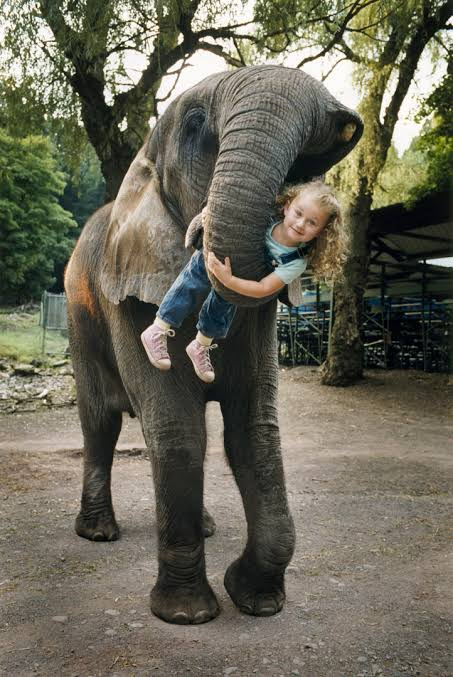BEN-HUR An old Classic Movie
BEN-HUR! At the time of its release in 1959, MGMS's lavish quasi-biblical spectacle Ben-Hur was the most expensive film ever made, with a budget of nearly $16 million.
The famed chariot race alone required an 18 acre set at Rome's Cinecitta Studios, a five week shooting schedule & 7,000 extras, won a record 11 Academy Awards.
The chariot race in Ben-Hur was directed by Andrew & Yakima.
The chariot arena covering 18 acres, was the largest film set ever built at that time.
Constructed at a cost of $1 million, it took a thousand workmen more than a year to carve the oval out of a rock quarry.
The racetrack featured 1,500-foot long straights & five-story-high grandstands.
Over 400 km of metal tubing were used to erect the grandstands.
A chariot track identical in size was constructed next to the set & used to train the horses & lay out camera shots.Planning for the chariot race took nearly a year to complete.
Seventy-eight horses were bought & imported from Yugoslavia and Sicily in November 1957, exercised into peak physical condition, and trained by Hollywood animal handler Randall to pull the quadriga.
The firm of Danesi Brothers built 18 chariots, nine of which were used for practice, each weighing 410 kg.
Principal cast members, stand-ins, and stunt people made 100 practice laps of the arena in preparation for shooting.
Heston & Boyd both had to learn how to drive a chariot.
Heston, an experienced horseman, took daily three-hour lessons in chariot driving after he arrived in Rome.
The chariot scene took over three months to film at a total cost of $1 million & required more than 320 km of racing to complete.
The cameras used during the chariot race also presented problems.
The 70mm lenses had a minimum focusing distance of 50 feet, and the camera was mounted on a small Italian-made car so the camera crew could keep in front of the chariots.
The horses, however, accelerated down the 1,500-foot straight much faster than the car could, and the long focal length left cinematographers with too little time to get their shots.
The production company purchased a more powerful American car, but the horses were still too fast, and even with a head start, the filmmakers only had a few more seconds of shot time.
As filming progressed, vast amounts of footage were shot for this sequence.
The ratio of footage shot to footage used was 263:1, one of the highest ratios ever for a film for this 11 minute spectacle & rest is history.
Absolutely unbelievable...
...watch now by clicking the below link
Regards



Comments
Post a Comment